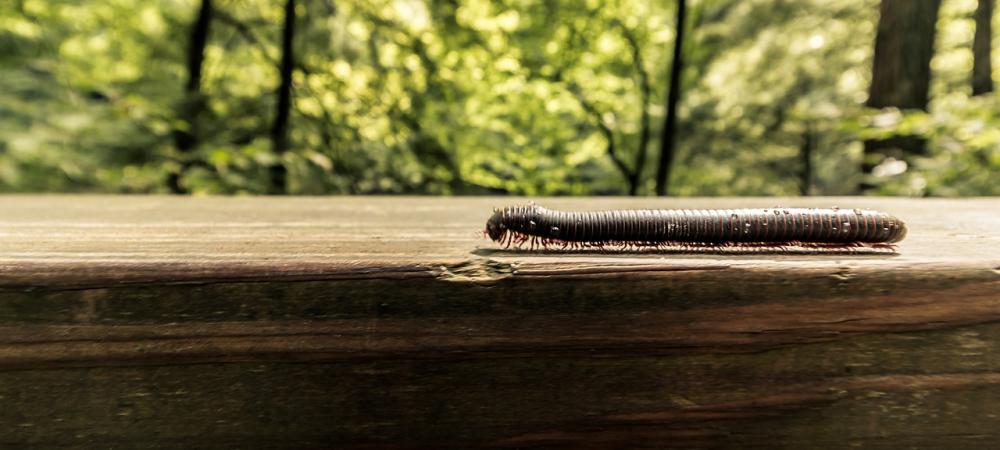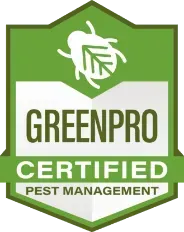Centipedes: What Every Homeowner Should Know

Centipedes are often considered a nuisance pest due to their creepy appearance and the fact that they can quickly scuttle across surfaces with their many pairs of legs. Despite their unsettling presence in households, centipedes actually play a beneficial role in controlling other pests as they feed on insect larvae. They are commonly found in areas with a good supply of organic material, such as grass clippings and plant material. It is important to note that not all centipedes are the same and there are some species of centipedes that are more dangerous than others. Homeowners should take precautions to identify dangerous species of centipedes and be aware of how to properly remove them from their homes.
Common Centipedes Found in Utah
Centipedes are common arthropods found in various habitats across Utah. With their elongated bodies and numerous pairs of legs, these creatures play a significant role in the ecosystem. Let's explore the different types of centipedes found in Utah, including their distinguishing features, size, coloration, and preferred habitats.
House Centipedes
The House Centipede (Scutigera coleoptra) is typically 1-1.5 inches long and has a dark brown color with lighter stripes. It is commonly found indoors, especially in damp areas such as bathrooms or basements.
The house centipede may look intimidating, but it’s actually beneficial to have around your home. It feeds on other insects like roaches, spiders, and silverfish – so they can help keep those pests out of your home. They are also harmless to humans and pets.
Giant Desert Centipedes
The giant desert centipede can grow up to 8 inches long! It comes in various colors, usually yellowish-orange to dark brown, with purple or black stripes. It is native to the southwest, including parts of Utah, and prefers sandy soils, rocky areas, and desert habitats.
The giant desert centipede is a formidable creature that can cause fear and anxiety among homeowners. Although they are generally not dangerous to humans, their size and quick movements can be intimidating. Additionally, they have very powerful mandibles and can pinch if handled incorrectly.
Brown Centipedes
The brown centipede varies in length, typically reaching up to 3 inches. Its coloration is brown, with certain species displaying color variations such as turquoise legs or dark stripes. This species can be found in various habitats, including gardens, grassy areas, and underneath rocks or logs.
The brown centipede is a common pest found in many homes. Although it does not actively seek out humans, it can become a nuisance if left unchecked. Brown centipedes are harmless to humans and do not bite or sting, but they can be unsettling to have around and may cause distress when encountered.
Are Centipedes Poisonous?
Centipedes, although not commonly considered dangerous, have poisonous bites that can be painful to humans. When a centipede bites, its venom can cause symptoms such as localized pain, swelling, and redness around the affected area. Some individuals may also experience allergic reactions, which can lead to more severe symptoms like itching, hives, and even difficulty breathing. However, it's important to note that serious medical complications from centipede bites are rare.
While some centipedes can be beneficial as they prey on other household pests, if their presence becomes a nuisance or if allergic reactions occur, it may be necessary to contact a pest control specialist for assistance.
Prevention Tips for Homeowners
When it comes to keeping centipedes away from your home, prevention is key. By following a few simple tips, homeowners can reduce the likelihood of these nuisance pests making their way indoors. Here are some effective prevention methods:
- Keep your home dry by fixing leaks, using a dehumidifier, and improving ventilation.
- Clean up piles of leaves and grass clippings to keep centipedes away.
- Seal entry points to prevent centipedes from entering your home.
- Clean and declutter your living spaces to get rid of potential hiding spots for centipedes.
By implementing these prevention tips, homeowners can greatly reduce the likelihood of centipedes finding their way into their homes. Remember, should a centipede infestation persist, it's best to consult a residential pest control specialist for effective elimination.


